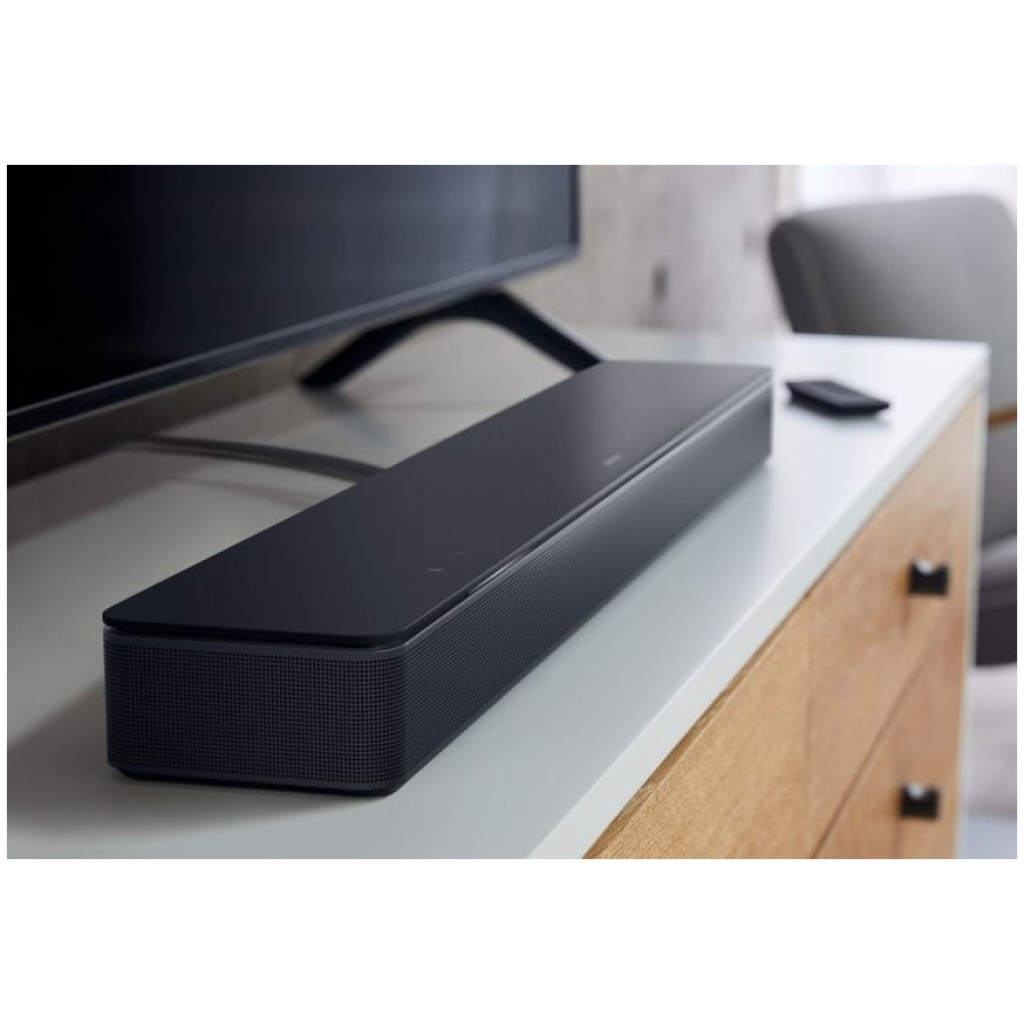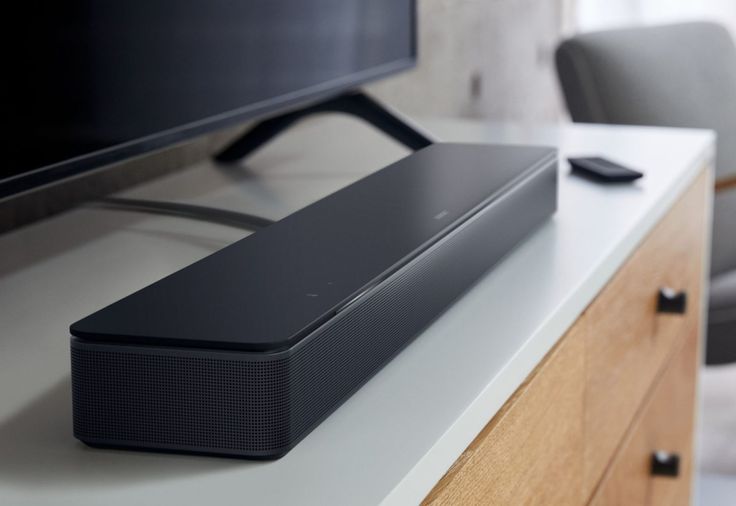Getting the best sound from your Bose Smart Soundbar 300 isn’t just about buying fancy gear. Small tweaks can make a big difference. Whether you’re listening to music, watching movies, or catching up on your favorite shows, better audio makes everything more fun. This guide shares easy ways to boost sound quality so you get the most out of your device without extra equipment.

Understanding Your Bose Smart Soundbar 300’s Sound Profile
The Importance of Knowing Your Soundbar’s Capabilities
The Bose Smart Soundbar 300 is packed with features like Dolby Atmos, Bluetooth streaming, and built-in voice commands. Knowing what your soundbar can do helps you customize your settings. For example, Dolby Atmos creates a 3D sound that pulls you into the action. Bluetooth lets you stream music wirelessly from your phone. When you understand these features, you can set up your soundbar to match your listening style.
Common Sound Challenges and Their Causes
Sometimes, sound might seem off. Common issues include echo, muffled audio, or lack of bass. Sometimes, sound is uneven, with voices hard to hear. Environmental factors, like a big room or hard surfaces, can affect audio. Knowing what causes these problems helps you fix them faster. Small changes in placement or settings can solve most sound issues.
Optimizing Hardware Placement for Better Acoustics
Proper Placement of the Soundbar
Where you place your soundbar makes a big difference. Keep it at ear level when you’re sitting. This helps sound reach your ears clearly. Position it directly in front of your TV, not under or behind furniture. Leave some space around it—don’t pack it in a tight corner or against a wall, which can muffle the sound. Also, avoid placing it near reflective surfaces like glass windows or bare walls that bounce sound in unwanted ways.
Enhancing Room Acoustics
Make your room friendlier to sound by adding soft things—rugs, curtains, or cushions. These help absorb unwanted echoes. If you have a big space, use sound-absorbing panels to reduce bouncing sound waves. Moving furniture or decor away from reflective surfaces stops sound from bouncing back at your ears.
Configuring Audio Settings for Superior Sound
Accessing and Customizing Sound Settings
Use the Bose app or your remote to fine-tune sound. Most apps let you adjust bass, treble, and volume quickly. You can also switch between sound modes like “Music,” “Movie,” or “Speech.” Each mode optimizes sound for what you’re watching or listening to. For example, “Speech” makes dialogue clearer, especially in movies.
Utilizing Built-in Sound Modes and Features
Your soundbar has preset modes to enhance your experience. Use “Music” for tunes, “Movie” for films, or “Speech” when you want clear dialogue. Don’t forget the voice enhancement feature—this boosts voices over background sounds, so you catch every word. Experiment with these to see which work best for different content.
Connecting External Devices for Enhanced Audio Experience
Improving Bluetooth and Wi-Fi Audio Quality
Make sure your soundbar has the latest firmware. Regular updates fix bugs and improve sound. When streaming via Bluetooth, disconnect and reconnect if sound cuts out. Also, keep your devices close together to avoid interference and lag. Using a Wi-Fi connection for streaming often yields better sound than Bluetooth.
Integrating External Speakers or Subwoofers
You can expand your soundstage by adding compatible external speakers or a subwoofer. Check if your soundbar supports Bluetooth or AUX connections. Set up external devices following the manufacturer’s instructions. Connecting a subwoofer boosts bass, giving your sound depth and power.
Troubleshooting Common Sound Issues
Fixing Sound Distortion and Silence Problems
If your sound sounds fuzzy or cuts out, try resetting the soundbar. Turn it off, unplug, wait a moment, then power it back on. Check for firmware updates—these sometimes fix sound glitches. If problems persist, contact Bose support or visit user forums for tips.
Addressing Connectivity and Interference
Wireless signals can clash with Wi-Fi routers or other devices. To reduce issues, keep the soundbar away from routers and cordless phones. Reduce interference by turning off unused Bluetooth devices nearby. If your sound drops or lags, resetting your network settings can help.
Expert Tips and Best Practices
Keep your soundbar dust-free by wiping it regularly. Updates fix bugs and improve audio. Use voice commands to quickly change volume or input—no need to hunt for remote. Lastly, visit Bose support or online user groups if you can’t fix persistent issues. Sharing tips and solutions can often save time.
Conclusion
Improving sound quality on the Bose Smart Soundbar 300 is simple once you know what to do. Focus on placement, customize your sound settings, and consider external accessories. Small adjustments can turn your home entertainment into a rich, immersive experience. Take time to experiment—rearrange, tweak, and explore options. With just a few easy steps, you’ll enjoy clearer voices, punchier bass, and overall better sound clarity. Dive in and start optimizing today.



